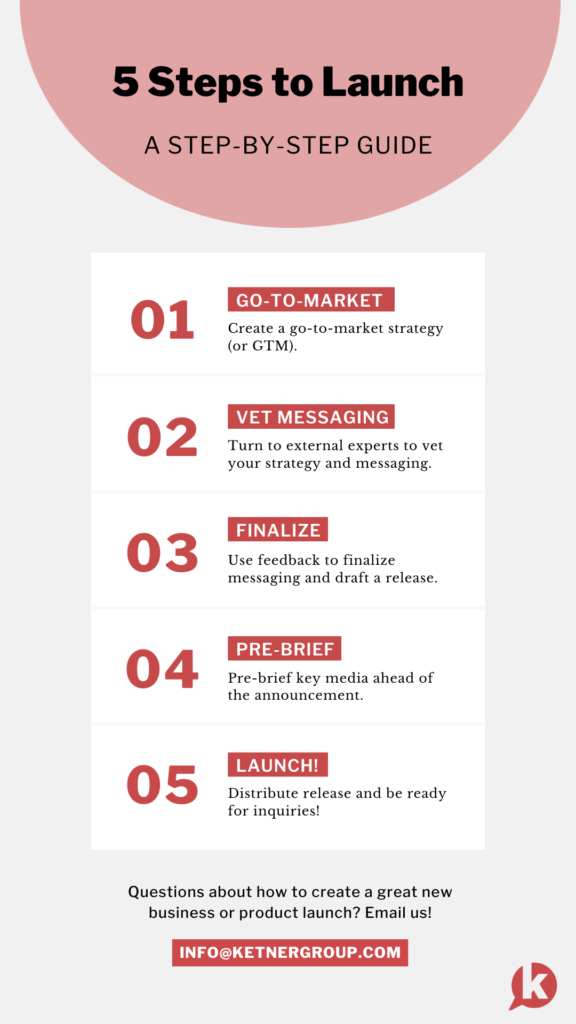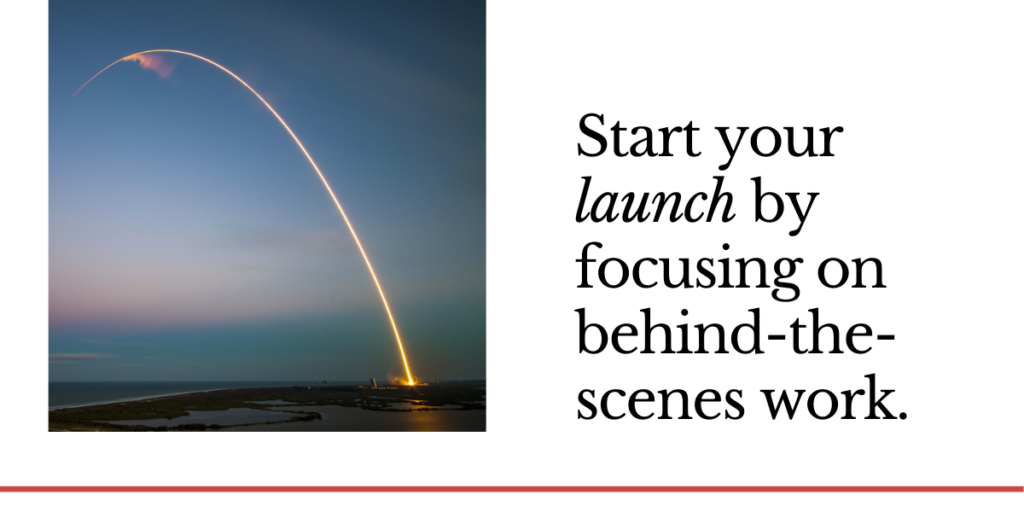When it comes to tracking relevant industry news as a PR pro, it’s important to read press releases in addition to what the media is already actively covering. By using an RSS feed (maybe that’s very 2000s of me), I receive the news from the source rather than reading it second hand in the media. This is helpful for a number of reasons. It keeps us ahead of rapid response opportunities for our clients and new business ideas for Ketner Group. Perhaps even more importantly, by reviewing hundreds of releases a day, I’ve learned a lot about the when and why of press releases.
Since early March when the COVID-19 pandemic became a reality in the U.S., I’ve seen the number of press releases in my newsfeed drop considerably. But for good reason. A lot of the news we’d normally announce simply isn’t important at the moment. During normal times, there are a handful of categories that press releases fall into. While press releases aren’t altogether obsolete now, there are several additional considerations that should be taken. We’ll explore all of this below.
When and Why: Customer Stories
PR professionals, particularly in B2B, often argue that customer news is the most important. Customer stories validate a vendor’s product offering and provide real-world case studies – both for the media and an organization’s broader sales efforts. You can announce customer news at two stages of the relationship. First, upon signature (a customer win) and second, once results are achieved.
Unfortunately, customer releases are also probably the most difficult to procure for most B2B clients. Customer PR and marketing teams are often hesitant to sign on to a release. Internal customer stakeholders don’t always see the value or they’re afraid of giving away trade secrets to competitors. However, customers are more likely to participate in media activities if there’s a financial incentive. Given that these stories are so helpful for replenishing the pipeline, sales teams should make an effort to negotiate these incentives during the contract and renewal process.
Considerations for Now. If your industry is operating more or less as it normally does, there’s likely no harm in doing a customer release right now. But, your media targets may be stretched and not have the bandwidth to cover the news.
On the other hand, if your industry has been largely disrupted by the pandemic and its effects, customer releases are pretty much off-limits. The exception is if the customer news is directly tied to the crisis. In that case, customer stories are incredibly valuable and the media are eager for this content.
When and Why: Product Releases and Updates
In general, product releases or updates aren’t meant to drive a huge amount of media coverage. Don’t worry, a few opportunities exist to drive mentions. The exception of course is if you have a truly revolutionary new offering. While that is rarely the case, it’s important to make product news available to your customers, prospects and investors.
When it comes to product news specifically, turn to the analyst community. Use paid analyst relationships when you can to vet your messaging and ensure the offering resonates with your target audience. If you don’t have a paid relationship, pre-brief analysts before the news is public. Friendlies might still offer valuable feedback that can help you tweak your final messaging.
Like any release, customer validation is key when it comes to product news. Again, this can be negotiated. Ask beta users to provide a quote in exchange for early access to the product. If a customer quote is off the table, anonymize any benefits or improvements from those tests or aggregate the results from a collection of customers.
Considerations for Now. Unless there is a direct application to help users manage the current situation, product releases probably don’t make sense right now. But, like customer releases, with a relevant angle, the media might be interested.
When and Why: Company News
Company news comes in a variety of forms. A leadership change, a new service offering, an upcoming event, a strategic partnership or an office opening. Like product news, company news doesn’t usually drive significant media mentions. But it’s important to make your stakeholders aware of this news.
In general, it’s important to get this news out both over the wire, on your website, to analysts and to any media friendlies who cover this type of news. Unless you represent a Fortune 500 company, you don’t need to pitch top-tier media. Don’t waste your time or theirs.
Considerations for Now. At Ketner Group, we recommend that you post this news on your websites and distribute over the wire. That way it’s on your website so customers and prospects are ensured it’s “business as usual.” By distributing it over the wire, media have access if they desire. However, we don’t recommend directly pitching the news to media. Reporter’s inboxes are overloaded and editors are directing their teams to focus only on timely coverage related to the crisis.
When and Why: Unique Research
Proprietary research. It’s the holy grail. It’s the gift that keeps giving.
For PR professionals and media alike, unique research (done well, of course) is the biggest blessing a client or solution provider can provide. At Ketner Group, we can’t sing the praises of good research enough. While it often requires a significant upfront investment, the payoff will be worth it.
A robust research study can be divided into multiple releases – not to mention multiple bylines, thought leadership pitches, social media posts, email campaigns and more. Plan to repeat the research on a quarterly or annual basis, if you can.
Considerations for Now. If you completed your research during “normal times,” you might be in bit of a pickle at the moment. But look for ways you can tie in the current situation. For example, our clients RSR and Symphony RetailAI completed a joint supply chain study just before the crisis set in.
Initially, we thought we’d need to wait on the news. However, we were able to find a tie in, identifying how “retail winners” were prepared for the current situation and others could learn from them. As a result, the news generated considerable interest and coverage. Now is also a good time for real-time research focusing on the current situation. If you have the time and budget for research now, we highly recommend proceeding.
The Nevers
While the above might not encompass all types of releases, it’s a good overview. There are also times and situations when press releases simply don’t make sense. One scenario I see way too often is a release that’s distributed over the wire that simply quotes an executive’s opinion about a particular trend or piece of news. This is a waste of money! Trust me, I’m the only one seeing it.
A short release costs roughly $400 to put over the wire. There are much better ways to get your opinions out; namely, blogs, bylines, pitching reporters directly offering the perspective for a story idea and rapid response (AKA newsjacking) pitching.
Final Press Release Considerations
In general, if you’re considering whether or not a press release is necessary, ask yourself a few questions. First, is it newsworthy? Will the media cover this news? If not, is this the best way to disseminate the news to my intended audience? Would a blog or a social post be more appropriate? And especially right now when resources are stretched, is the time and cost needed to write and distribute the release worth the return?
If you don’t know the answer to these questions, ask your PR partner. A good PR partner will always ensure that your time and money are well spent when it comes to press releases.
Don’t have a PR partner? No worries, we’re here to help.






















